Study 612 ERGOWAVE®R Saddle
Based on the scientific studies of Max Holz
His target: To develop a new product for Mountain Bikers and racing cyclists in a very sporty sitting position with all necessary ergonomic adjustments. The basis: The existing 612 ERGOWAVE® is the basis of the following investigation, since Max himself rode races predominantly on the 612 ERGOWAVE® and trained for hours on this saddle. The study topic: "Load-indicated changes in saddle pressure in cycling based on a dynamic pressure measurement analysis of the SQlab 612 ERGOWAVE® saddle". The result: The new 612 ERGOWAVE® R Saddle Award-winning: Max Holz was awarded the well-known "Dr. Gertrude Krombholz Prize 2019" by the Technical University of Munich for the outstanding achievement in his scientific work. |
INTRODUCTION
Cycling is the most popular means of transport but combines two opposite effects: On the one hand, it is an ideal form of aerobic non-impact training with beneficial effects on the cardiovascular system (Hillman, 1997). On the other hand, it is also one of the sources for the development of acute traumatic injuries affecting the urogenital tract, which can lead to erectile dysfunction due to high pressure peaks on the saddle. (Leibovitch / Mor, 2005). Irritating sitting problems up to physical consequences, such as impotence, are under discussion, as the saddle has to carry 40% of the body weight (Rodano et al., 2002). Cyclists have an increased, permanent load at the respective pressure points, which changes with different performance behaviour and influences the pressure on the saddle (Carpes et al., 2009 and Potter et al., 2008). For this reason, a deep understanding of the anatomy of the pelvis is an essential part of designing a saddle with the best possible adjustments. The areas from the sit bones to the pubic bones are the only bony contact points in the pelvic floor and are therefore the most "pressure resistant". The perineal area consists of a sensitive network of nerves and blood vessels that extends from the anus to the genitals and the pubic arch (Sobotta, 2011).
Approach of the study: Therefore, it is additionally important to critically examine the pressure measurement chart with the load area and to minimize the unphysiological sitting areas, such as the pelvic and pelvic floor muscles. This means that the more sporty and stretched the sitting position is, the more the pressure shifts from the ischial tuberosities to the pubic bones and to the central perineal area. How does the saddle shape change in this context?
State of the art in research
The health consequences of cycling were therefore the main reason for the following investigations. As in the report by Desai and Gingell (1989), in which excessive compression against the pubic vault pinched the pudendal nerve and arteries and led to medically verifiable numbness for 5 months.
The authors (Gingell/ Desai, Bristol 1989) agree that an additional pelvic rotation must be responsible for this, which is the result of an athletic sitting position and occurs with a certain inclination of the upper body.
In addition, it has been found that a wider saddle allows 50% better blood circulation than a narrower saddle, which improves the contact area and pressure distribution (Sommer, 2003).
As the force on the pedal increases, other structures that support body weight, such as the saddle, are lifted, resulting in lower saddle pressure.
This has been significantly demonstrated by a study with two different power levels, 100W and 200W (Potter et al., 2008). From this it can be concluded that different power outputs lead to different pressure values in the saddle.
Resources: Gingell, K.M. / Desai, C. (Bristol 1989). Hazards of long distance cycling. Department of Urology, Southmead Hospital, S. 60:450-6. Potter, J. J.; Sauer, J. L.; Weisshaar, C. L.; Thelen, D. G.; Ploeg, H. (2008). Gender Differences in Bicycle Saddle Pressure Distribution during Seated Cycling. Medicine and Science in Sports and Exercised, Vol. 40, No. 6: 1126–1134. Dagnese, F.; Martins Ede, A.; Carpes, F. P.; Kleinpaul, J. F.; Mota, C. B. (2009). Effects of Workload on Seat Pressure While Cycling with Two Different Saddles. International Society for Sexual Medicine, No. 6: 2728–2735AIM OF THE STUDY
Does the pressure load in the saddle increase or decrease with increasing intensity?
In some preliminary studies on this question, a change in the dynamics of the saddle pressure profile was also found. At a pedal load of approx. 160 - 200 watts, all test subjects showed a shift of the saddle pressure profile forward. The first assumption was therefore a rotation of the pelvis forward.
EXPERIMENTAL SETUP
Quantitative analysis with a pressure measurement image and qualitative analysis with a questionnaire was performed on N = 29 subjects. They were divided into three homogeneous groups, based on the total number of kilometres travelled last year.
RESULT
- For a low to medium performance level in an upright to stretched sitting position, a saddle must be selected that has the sit bones as the main pressure point.
- For a high to very high performance level with a very stretched sitting position, a saddle should be chosen that offers a large and adapted surface to relieve the perineal area and the pubic bones.
Implementation of the study in the product 612 ERGOWAVE® R
- On the one hand, it is recommended to support the load on the sit bones during an extended constant ride and the associated individual sit bone width.
- On the other hand, a support and relief of the pubic and perineal area during intensive rides, which indicates a relief of the unphysiological sitting area, has a positive effect. The pubic vault should be supported even more and the width of the saddle nose should be dimensioned in such a way that the required area is available for intensive sessions.
The further raised rear offers additional support and thus creates a more efficient power transmission. This is a great advantage on straight roads and especially uphill.
The strong waist and the narrow saddle nose create maximum legroom.
The slight recess in the middle of the saddle has been extended for the very sporty riding position in order to reduce the pressure on the sensitive structures of the dam area.




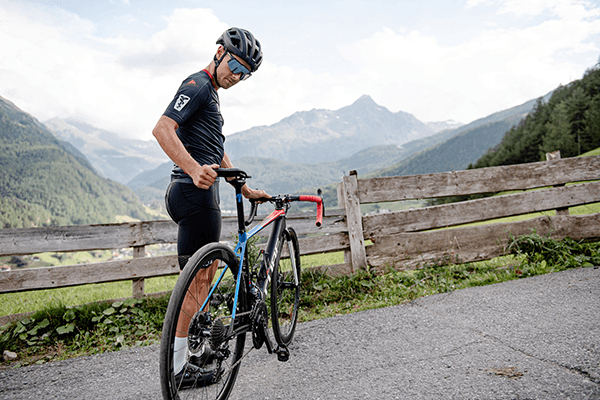
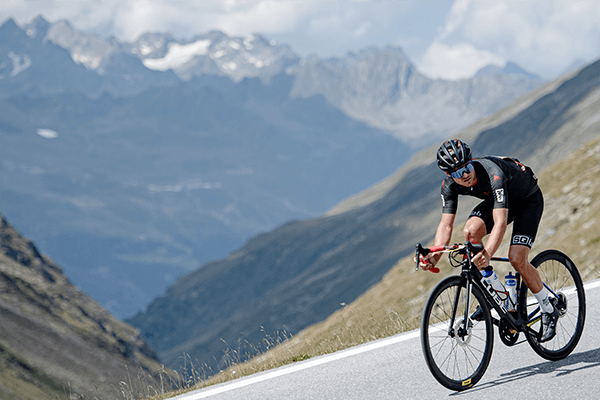
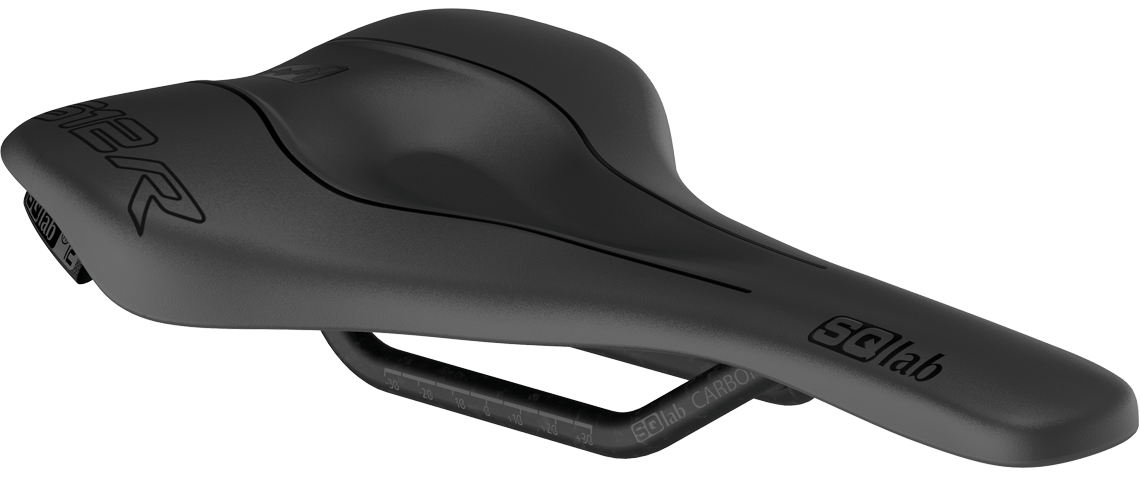
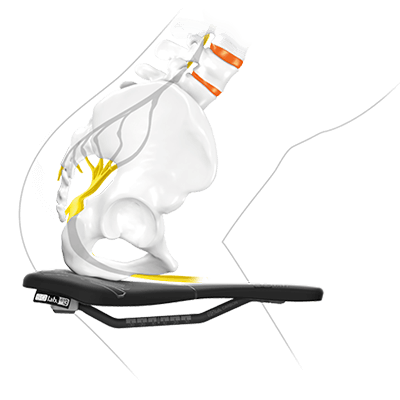
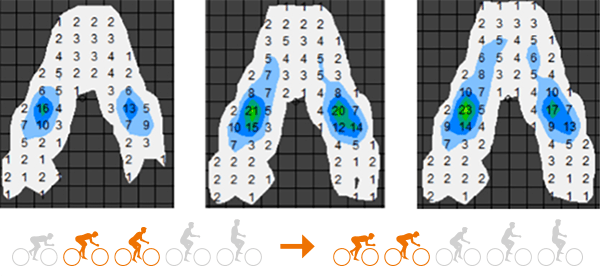

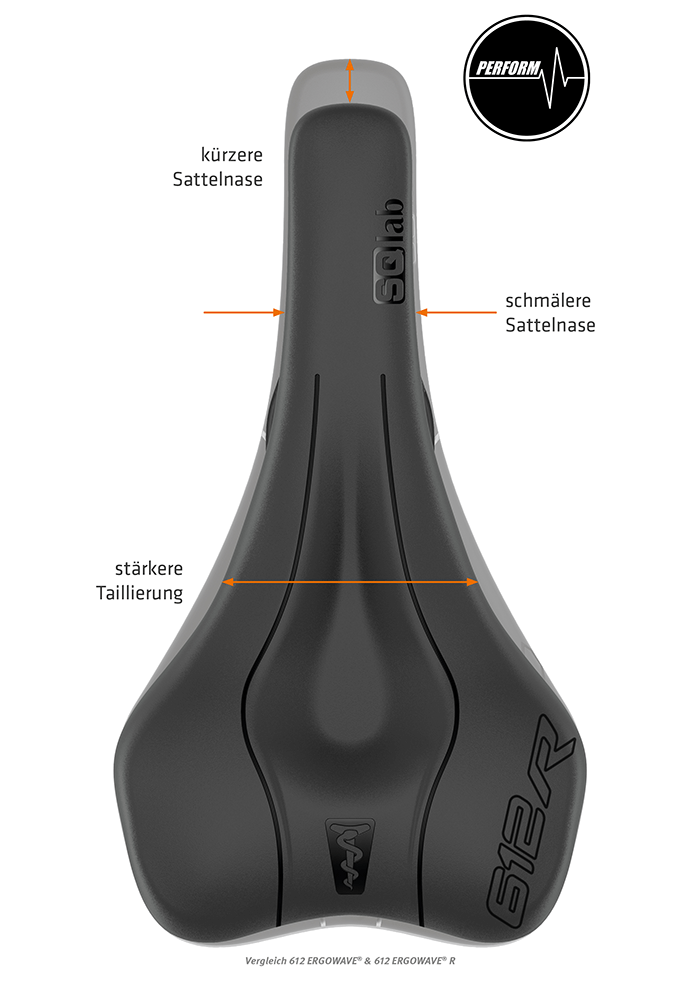
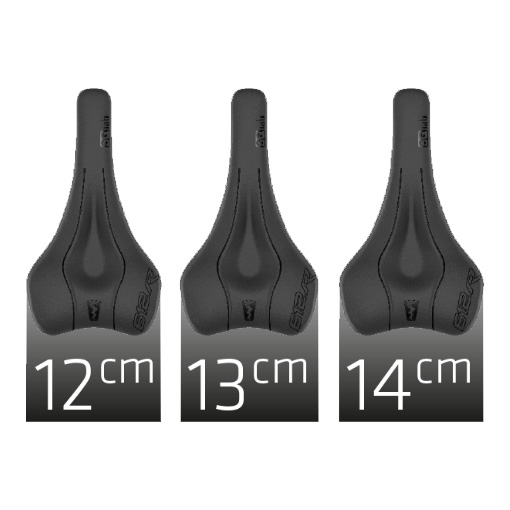
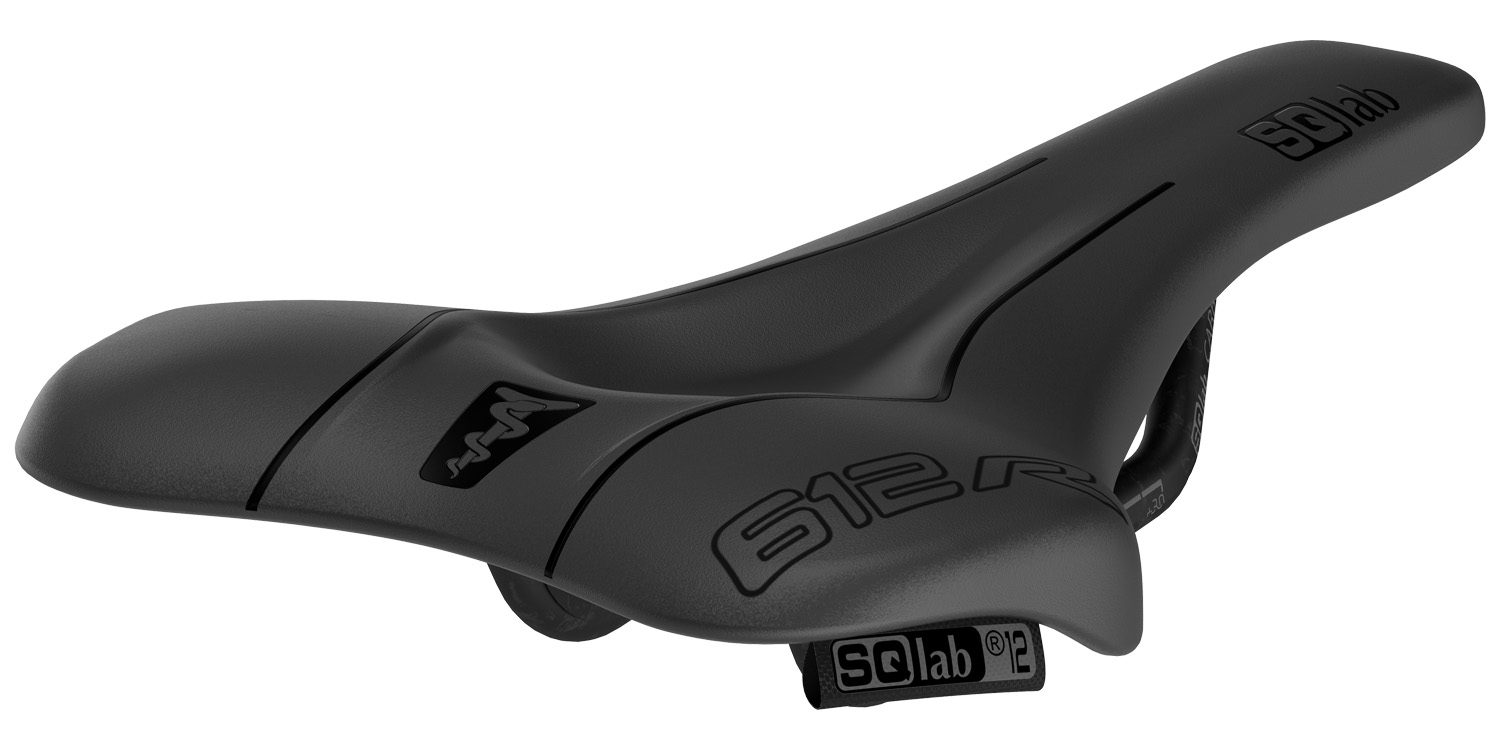

.contact)